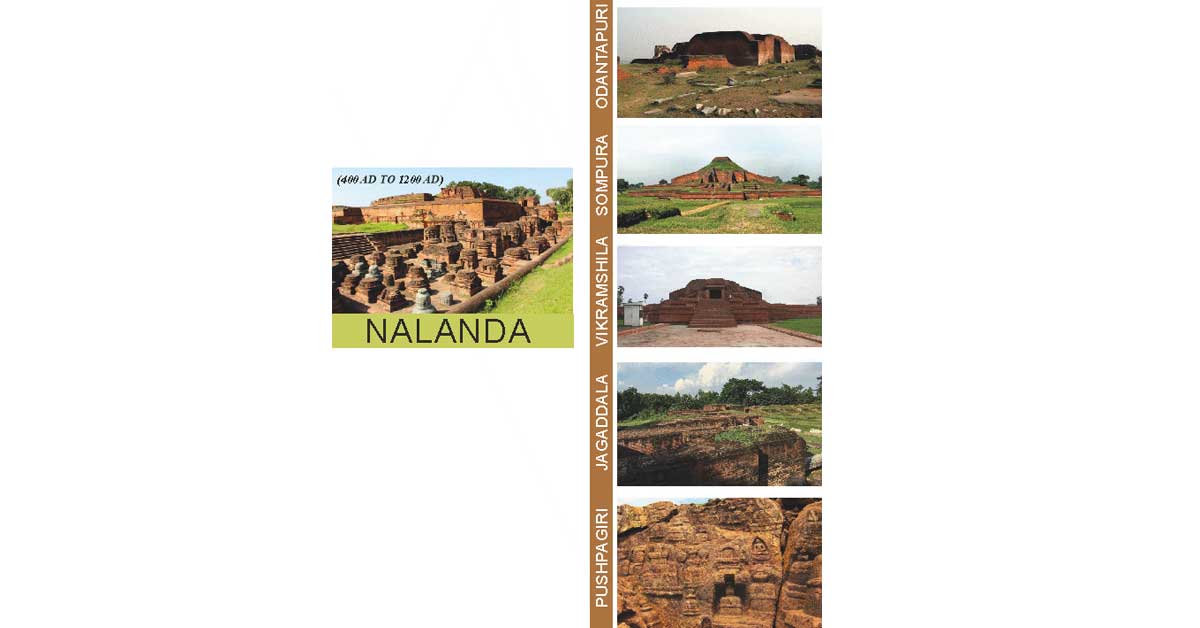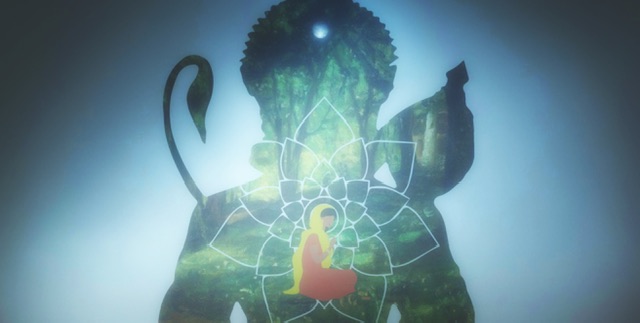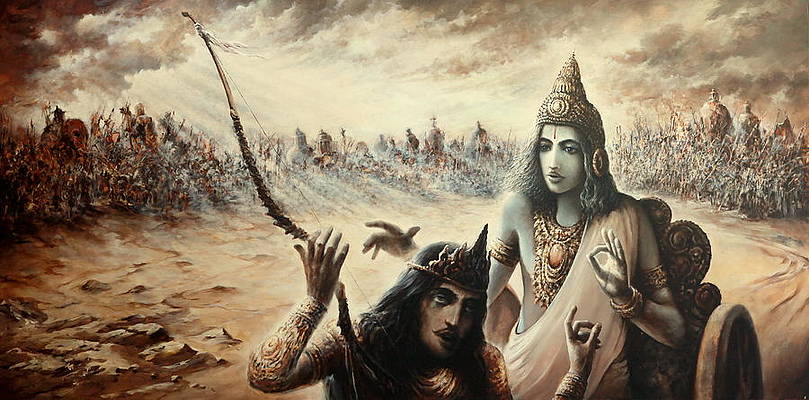Since antiquity, Bharatvarsh has been looked upon as the spiritual capital of the world and the center for knowledge. Noted scholars, philosophers, historians, scientists and mathematicians from across the globe have time and again sought inspiration and information from this land to further their understanding of almost every field of knowledge. We know, that Pythagoras travelled from Samos to banks of Ganges to learn trigonometry, Arabic numerals travelled from India to Arab to Europe and finally the rest of the world, the likes of Voltaire and Einstein and Oppenheimer have quoted from Vedic texts, among others.
We were the most civilised and culturally and intellectually wealthy of the civilizations at that time. When the world was inhabited by barbarians as per modern science, our sages and Gurus were conceptualising the solar system, the principle of balance and peace, arts of warfare and geometry, medicine and surgery, atomic energy, indepth workings of the human body and imparting this reservoir of gyan to their countrymen and the rest of the world through the Guru Shishya Parampara.
In this article we will discuss two important knowledge centers for higher education as they flourished in ancient India. They may be termed as universities in present context, but they far supersede a university in the comprehensiveness of courses taught and the seriousness that was attached to the process of education, and there is a landmark of a difference in their working systems as compared to a modern university.
According to Ramayana, Bharat after defeating Gandharvas founded the city of Takshshila for hisson Taksha in Gardharva Desa. The university is situated 25km from Rawalpindi in modern day North West Pakistan and is recorded by historians as the first university of the world.
The strength of the university lay in its Gurus, who pivoted the students into the light of gyan. There was no formal controlling authority of the university just a body of Gurus, who were masters in their respective fields and held the autonomy to decide admissions, duration of training, content of training, mode of training among other things. The pattern varied from student to student. Little importance was given to exams as the training itself ensured the student moves to next level only after mastering the first. No degrees or certificates were awarded at culmination of training as it was held that knowledge in itself was a reward.
No fee was charged from the students who invariably lived and learnt at the residence of the Gurus. The university, education and boarding were facilitated by donations from the parents of wealthy students, grants from kings and other wealthy people of society. Students were required to give dakshina at culmination of training, largely as a mark of the gratitude to the Guru for being indebted for life by the gift of knowledge. Dakshina could be a plain cloth, slippers, food or money as guided by the Guru.
Only higher education was imparted here to youth who had completed primary education at home and secondary education at gurukuls. Courses included the three vedas, secular law and tradition, arithmetic, music, medicine, military arts, conveyancing, poetry, atomic theory of creation, logic, samkhya, among others.
Admission to courses was open to all students provided they had necessary background in the subject and basic qualifications, namely, freedom from jealousy, straightforwardness and self control. In fact, the teachers were always on a look out for worthy students and offered prayers for the same.
Notable alumni include great grammarian Panini, master of arthshastra, Kautilya and famous physician Jivaka, to name a few.
Setup in the reign of Gupta Dynasty, Nalanda Universityis spread over a vast land of 14 hectares in present day Bihar. It had over 10,000 students studying from across the world and over 2,000 educators offering subjects such as administration, mathematics, science, astrology, gemology, astronomy, war fare and more. Ratna Sagara, Ratna Dadhi and Ratna Ranjaka were three huge libraries with rare and ancient collection of books from all fields. It is said that when the invaders set to destroy the university, it took three months to burn down all the books in the libraries.
Other prominent ancient universities include Vikramshila, Bihar (800AD to 1200AD), Valabhi, Gujarat (600AD to 1200AD), Somapura, West Bengal (800AD to 1200AD), Jagaddala, Bangladesh (1000AD), Odantapuri, Bihar (800AD to 1200AD) andPushpagiri, Odisha (1100AD).





